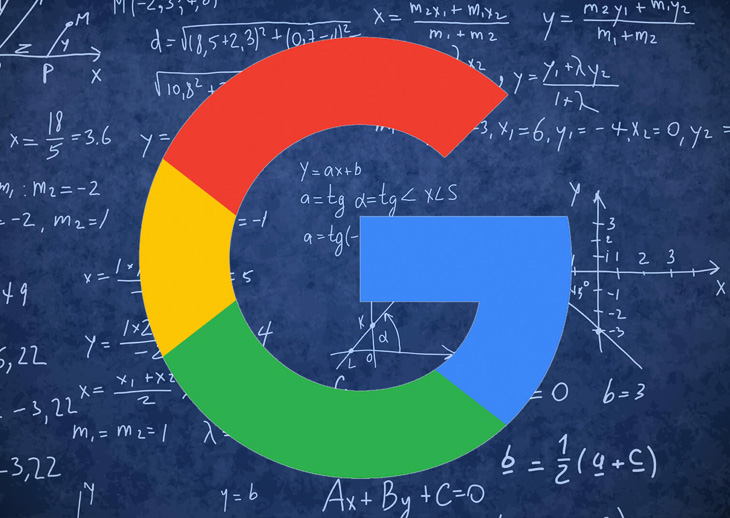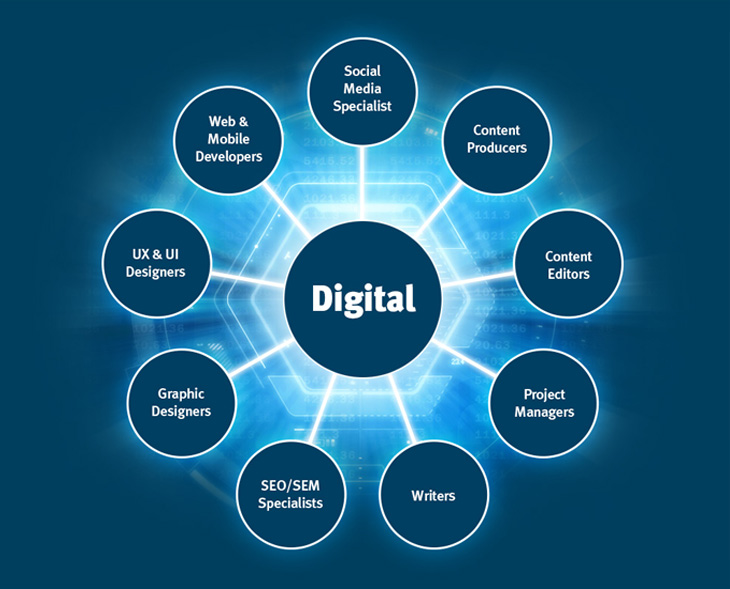Why Matching Search Intent Matters for Business Growth
At a glance:
- Understanding search intent helps attract the right audience and boost engagement.
- When content matches search intent, it increases time on the page, improves search rankings, and establishes your brand as a trusted authority.
- Users search with informational, navigational, commercial, or transactional intent.
- Brands that recognise and act on search intent attract qualified traffic, outperform competitors, and convert more visitors into customers.
- With expertise in analysing content, context, and customer behaviour, Anxious to Matter (ATM) creates high-performing strategies to help businesses grow.
Imagine walking into a store, looking for running shoes, and instead, the salesperson bombards you with jackets and hats. Frustrating, right?
The same happens with your website. If your content doesn’t match the user’s intent, they’ll bounce and head straight to your competitors. That’s exactly why search engines like Google have shifted their focus from keyword stuffing to prioritising user satisfaction in rankings.
Search intent is the missing piece that ensures your content meets your audience’s expectations, keeping them engaged and ready to convert. And if you can master this strategy, you’ll rank higher as well as build lasting customer relationships.
So, how can you make search intent work for you? Let’s dive in.
What is Search Intent?
Whenever users visit search engines, it’s most likely they either have a topic or query in their mind. Identifying their main purpose during an online search is what we call “Search Intent” or “User Intent.” It answers questions such as:
- What does the person want to do?
- Are they looking to buy something?
- Do they want to learn something?
For instance, if a user wants to travel to Australia, they might search for “Best Places to visit in Australia” or “Australia Tour Package”. See, these keywords define the visitor’s browsing goal.
Now, let’s suppose you own a travel agency. From a business perspective, the first keyword would mean that the user is still at the research phase, searching for information. The second keyword, “tour package,” would mean that the user intends to buy. Understanding those intents enables you to create effective content marketing strategies and target the right audience.
Why Matching Search Intent Matters for Business Growth?
If you are able to identify the matching intent, you are able to serve them better, their stay on page is longer, you have more brand awareness, better SEO, and higher conversion rates. Here is how:
Increased time on Page
People are impatient when browsing. They aim to find relevant information as quickly as possible. So, when you satisfy a visitor’s query, they are more likely to stay on your page instead of bouncing to another site. You even have a better chance of engaging and converting them into customers. Eventually, an increased time on a website sends a positive sign to Google and helps to improve your search ranking.
Enhanced Authority
Now, imagine this: out of all the results on Google’s first page, your website is the only one that provides content that matches the user’s intent. What happens? People trust you, and those visitors will most likely return to your website in the future, too.
No matter if you’re welcoming new visitors or retaining previous visitors, going beyond their expectations certainly reflects your dominance and earns their trust among the users. In addition, when your visitors feel they learned something worthwhile from your post, they may even provide feedback in a positive way, share your site with others, or suggest your page. All of this increases your credibility, and you will eventually be viewed as an authority in your area by Google, which will be invaluable for your business growth.
Boost Brand Visibility
If you can match the content to search intent, it drives more traffic because you are targeting the right audience. Users will read, engage, remember your brand, and come back for more.
Let’s take, for instance, a user searches for “Best Organic Moisturizers for Dry Skin”, and you introduce your product from a blog post in a non-commercial way. Even if they don’t purchase the product right away, they have been exposed to your brand and will think of your name next time.
Over time, relevant content strategy eventually results in more conversions, increased brand recognition, and better word-of-mouth marketing.
Improved SEO
Remember, most users only browse through the top few results on Google’s first page for the information. That is why all companies want to be number one.
But here’s the secret: Google and other Search Engine algorithms strongly emphasise user satisfaction. Their Quality Rater Guidelines strongly exhibit the significance of identifying user intent. That means no fluff, discovering what users need, and providing valuable and relevant content.
So, if you understand the target audience’s queries and meet them, it’ll effortlessly help to improve your SEO and ranking. And with higher rankings comes more traffic, more leads, and more sales.
Competitive advantage
Only the companies that truly recognise their audiences always come out on top. While others are guessing what their audience wants, you have the power when you already know their search intent.
When you consistently deliver valuable, relevant, and matching content, you attract potential customers who are genuinely interested in your offer. This is how you gain a competitive advantage and be the go-to source in your industry. Eventually, the amount of time and effort you put into content creation pays off, driving your business growth.
Types of Search Intent
User’s search intent is categorised into four types: informational, navigational, transactional, and commercial. Understanding them will help you quickly identify the purpose behind a search query and produce relevant content.
Informational Intent
Informational search intent means the users are simply trying to gain insights into the topic. It’s more like a research phase. For example, “How much caffeine is in coffee? “Wi-Fi is not working on laptop,” “Types of Cheese,” or “Today’s weather in Sydney.”
Your content should be clear, concise, easy to read, and provide direct answers to satisfy informational intent. Usually, the content formats are how-to and fix guides, articles, and tutorials. You could create content like FAQs, product or service details, refund policies, company goals, user guides, etc, to help your audience.
Navigational Intent
Next, as the name suggests, when a user searches to go to a particular website or a page, that’s navigational intent. The audience already knows their company or product/service. But they are just trying to quickly access the specific page.
For instance, “Facebook Contact Page,” “Anxious To Matter Services,” “Nike Running Shoes,” “Bakeries near me,” “Zara Refund” etc.
Here, all you need to do is provide detailed information and optimise your website to make it easily accessible, including the local SEO. Use navigational intent keywords, structure the page title/headings clearly, design easy-to-navigate UI, and optimise landing pages.
Commercial Intent
Think of a time when you researched a product or service before making a purchase. It could be comparing items/services, exploring options, or even looking at reviews.
This is exactly what commercial intent is. It’s a search when a user enquires about a product or service they are most likely to buy in the future.
Examples include: “iPhone 15 vs iPhone 16,” “ABC Hotel Review,” or “Best Digital Marketing Agency in Australia.”
To meet the commercial intent, add reviews, develop purchase guides, include expert recommendations, and provide detailed product comparisons.
Transactional Intent
It becomes a transactional intent when the user is ready to buy or go to a brick-and-mortar business. It usually includes keywords like buy, price, book, reserve, order etc. Some examples are “Buy concert tickets,” “Spotify free trial,” “Order online pizza,” etc.
You can incorporate transactional intent keywords on your pages and add strong Call to Actions (CTAs) to capture these high-intent users.
How Anxious To Matter (ATM) Can Help
You’ve now seen how powerful search intent is. With competitors fighting for attention, simply creating content isn’t enough. You need a strategy that connects with your audience at every stage of their journey. That’s where we come in.
At Anxious to Matter (ATM), we go beyond surface-level content. We analyse intent, user behaviour, and market trends to craft highly targeted strategies that increase traffic, engagement, and conversions.
If you’re serious about growing, let’s make it happen. Call us at 1300 780 471 or drop us a message at [email protected] to get started!
Enquire Today
Melbourne Head Office
Suite 38 Level 7/570 St Kilda Rd, Melbourne VIC 3004, Australia
Phone: 1300 780 471
Email: [email protected]








